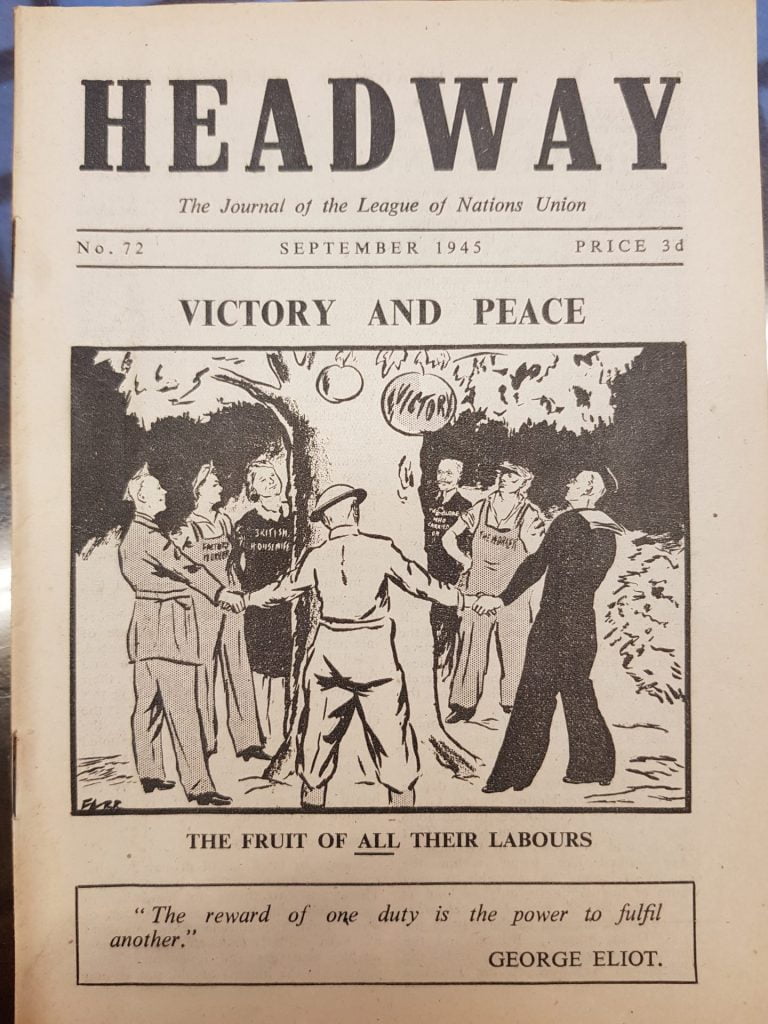Welsh Internationalism & Peace Movements post-WW2 era: 1945-1969

The cessation of hostilities at the end of WW2 brought about a ‘brave new world’, and a complete change of social climate in Britain.
Whilst Wales mourned many thousands recorded in the WW2 Book of Remembrance, and the nation was financially crippled and heavily dependent on the United States’ ‘Marshall Plan’ for reconstruction, communities had also pulled together greatly during the blitz and an enormously strong sense of society defined the post-war period.
With the unexpected and astonishing Labour landslide of 1945, the Attlee Government created the NHS, National Health Service, on of Britain’s defining institutions; the Welsh arm of which was developed from the the Temple of Peace, chosen as the transition headquarters for the new NHS.
The United Nations was the focus and great hope of peace campaigners and internationalists. The Welsh League of Nations Union changed its name to the United Nations Association (UNA) Wales, as did the few remaining local branches.
However, the shadow of the end of WW2 – the Atomic Bombs dropped on Nagasaki and Hiroshima – had changed the focus of the peace movement forever. The Campaign for Nuclear Disarmament would be a dominant campaign force defining the decades ahead.
The Temple of Peace had served as a place of pilgrimage throughout WW2 for relatives of those who died in WW1. Now, able to actually start its work and with a renewed sense of purpose, UNA Wales set about developing campaigns for a new era of internationalism.
